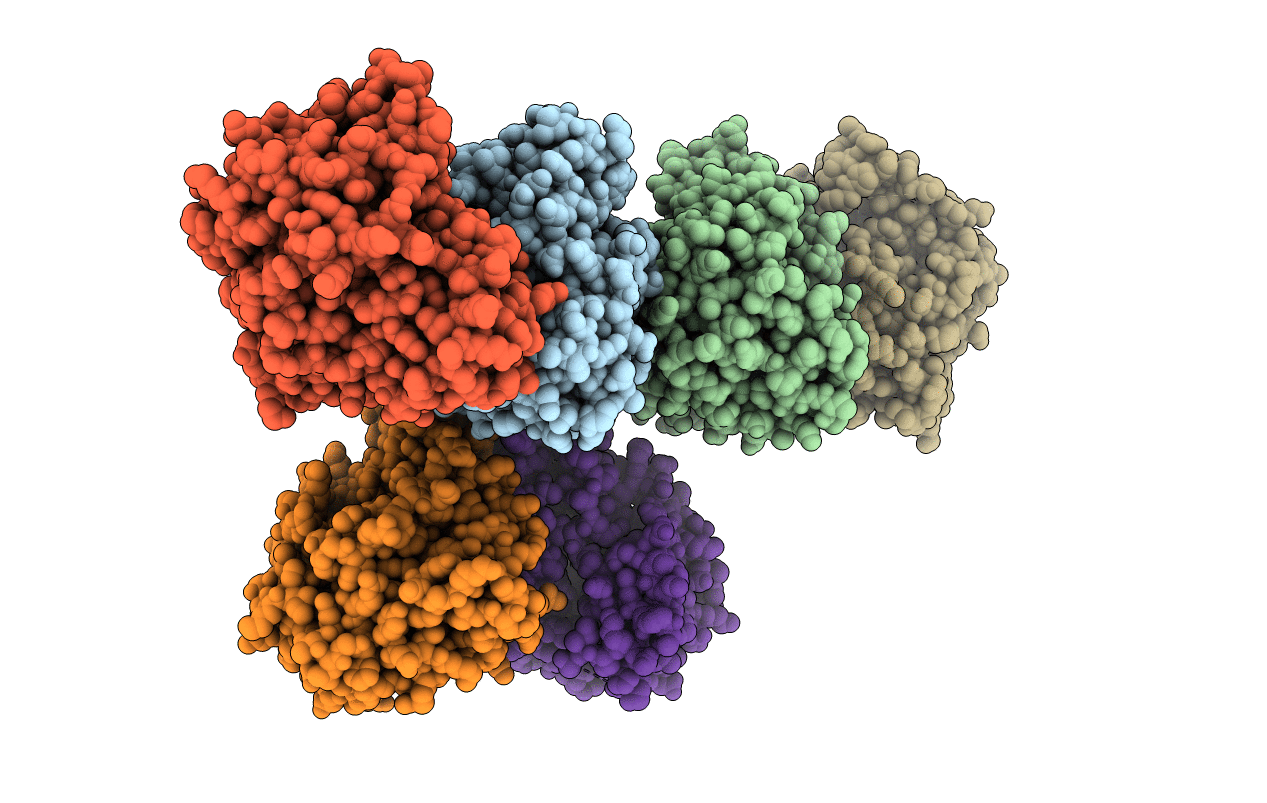
Deposition Date
2021-03-31
Release Date
2021-09-29
Last Version Date
2024-11-20
Method Details:
Experimental Method:
Resolution:
2.40 Å
R-Value Free:
0.27
R-Value Work:
0.21
R-Value Observed:
0.22
Space Group:
P 1 21 1


